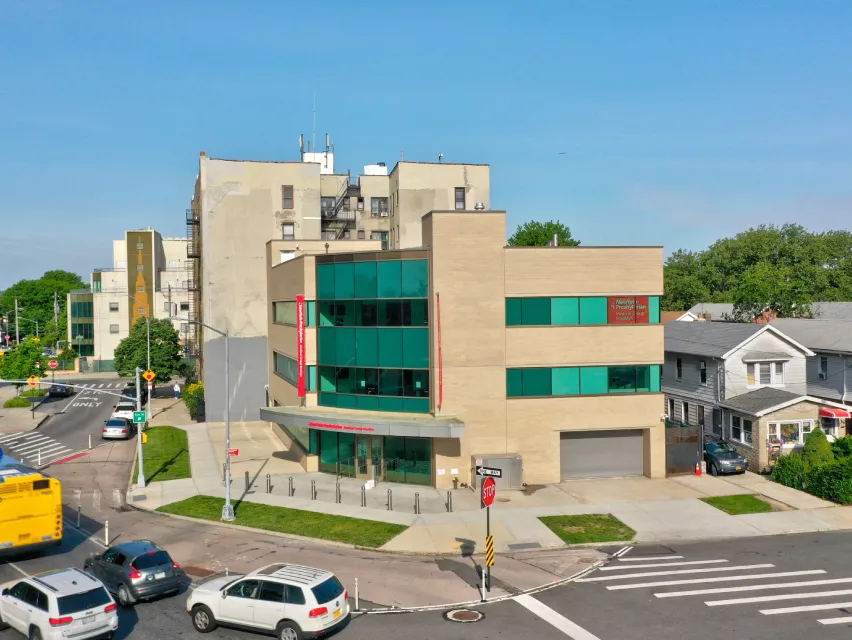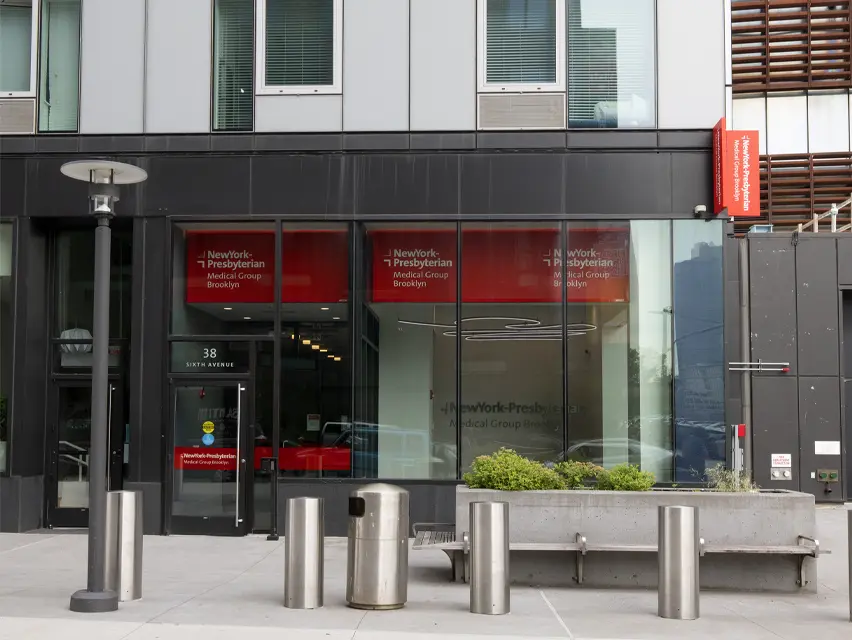An orthopedic emergency can be a stressful experience for both patients and their loved ones. At NewYork-Presbyterian Brooklyn Methodist Hospital, our board-certified orthopedic trauma surgeons provide a full spectrum of care, from routine procedures to complex, lifesaving treatment. We use state-of-the-art orthopedic instruments, implants, and 3D X-ray technology that allows us to deliver world-class care right here in Brooklyn.
As an accredited Level II trauma center, we have the resources and expertise needed to care for a wide range of trauma patients. This includes specialized trauma teams, emergency department personnel, and orthopedic surgeons around the clock. Our orthopedic trauma team is skilled in joint replacement, limb lengthening, correcting limb deformities, treating infected fractures, and caring for both simple and complex broken bones, including those that have failed prior treatments.












